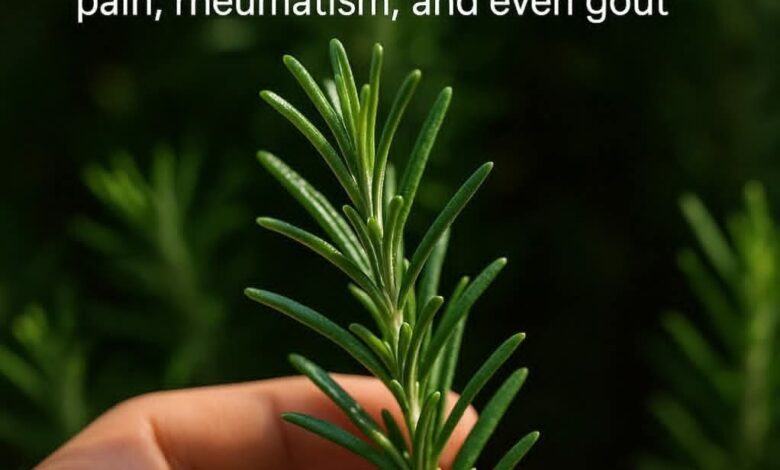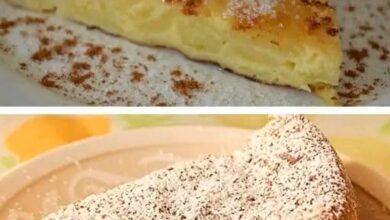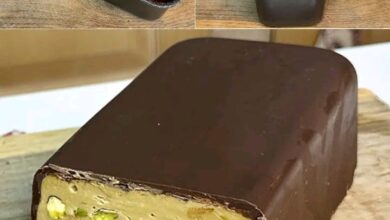Introduction and Origin

Here’s a detailed write‑up on a medicinal plant that is often under‑appreciated: Artemisia herba‑alba (commonly called “white wormwood” or “desert wormwood” in parts of North Africa and the Middle East), combined with Centella asiatica (Gotu kola), another wonderfully powerful but often ignored herb. I’ll focus mostly on Artemisia herba‑alba for depth, and include some on Centella asiatica for comparison / optional blending. If you prefer another plant, I can adjust accordingly.
—
Artemisia herba‑alba is a perennial, aromatic shrub native to the arid and semi‑arid zones of the Mediterranean region, North Africa, Western Asia, including Morocco. It grows in dry, rocky soils and is part of the sagebrush / wormwood group (genus Artemisia). Folk medicine traditions among Bedouins, Amazigh populations, and rural herbalists have used it for a wide variety of ailments for centuries.
Centella asiatica (Gotu kola) is native to tropics and subtropics of Asia but also found in parts of Africa. It is a creeping herb, used traditionally in Ayurvedic, Chinese, and Southeast Asian folk medicine.
—
Cultural Significance
Artemisia herba‑alba is deeply embedded in folk medicinal practices in Morocco, Algeria, Tunisia, Jordan, the Negev desert. It is used for gastrointestinal issues, as an antiseptic, for diabetes, for infections, etc. It is part of the local ethnobotany—people know it, but it is often undervalued in modern medicine.
It has also played roles in traditional ritual or herbal teas for purification, for relieving digestive discomfort after meals, etc.
Centella asiatica has been used as a “rasayana” (rejuvenative) herb in Ayurveda, to boost memory and cognition, heal wounds, treat skin conditions. In many Asian cultures people eat its leaves raw, cook them, use infusions, topical pastes.
—
Ingredients / Quantities (Herbal Tea / Decoction Preparation)
Below is a typical recipe for preparing Artemisia herba‑alba as a medicinal tea / decoction. You can optionally combine or alternate with Centella asiatica for certain benefits (especially skin, cognitive, circulation).
Ingredient Amount / Quantity
Dried Artemisia herba‑alba aerial parts (leaves + stems, possibly flowers) 1 teaspoon (≈ 2‑4 grams) per 250‑300 mL (one cup) of hot water for infusion.
Fresh or dried Centella asiatica leaves (optional addition) ~1‑2 grams dried (or a small handful fresh) per cup, if combining.
Water 250‑300 mL per dose (for a single cup)
—
Optional Additions
To improve flavor, potency, or target specific complementary actions, you can add:
Honey or a mild sweetener (if bitterness is too strong)
Lemon or citrus to aid absorption and improve palatability
Ginger, mint, or fennel for digestive relief and flavor
Blends: occasionally combining with herbs like Centella asiatica (for cognitive / skin benefit), or other mild antispasmodic herbs
—
Tips for Success
Use good quality plant material: dried / fresh, unspoiled, correctly identified.
If using dried Artemisia, store in a sealed container away from light and moisture. Fresh parts need to be used promptly.
Hot water steeping rather than just warm water improves extraction of active compounds. For maximum phenolic / antioxidant benefit, steeping ~10‑15 minutes with boiling water is better.
Do not overuse: while traditionally well tolerated, strong herbs can cause irritations. Begin with one cup per day, observe tolerance.
Use clean utensils and filtered water to avoid contamination.
—
Instructions
Here is a step‑by‑step method to prepare a medicinal tea / infusion of Artemisia herba‑alba (optionally blended with Centella asiatica):
1. Boil fresh, clean water. Use ~250‑300 mL per dose (one cup).
2. Measure 1 teaspoon (~2‑4 g) of dried Artemisia herba‑alba (or equivalent fresh material). If using Centella asiatica as blend, add about half of that weight (e.g. 1‑2 g dried) or a small handful fresh.
3. Place the herb(s) into a teapot or a heat‑proof cup. Pour the boiling water over.
4. Cover, and allow to steep for 10‑15 minutes. If you want stronger flavor / potency, you can let steep a little longer, but beware too much bitterness.
5. Strain to remove plant material.
6. Drink 1 cup (250‑300 mL) once or twice daily depending on need. For digestive, pain, or infection issues, 2‑3 times daily may be used for a short period (e.g. 5‑7 days).
7. Optionally add lemon, honey or ginger to taste.
If you want a decoction (for leaves + stems, or tougher parts), you may simmer gently for a few minutes rather than just infusing.
—
Description (What It Is / How It Works)
Artemisia herba‑alba has bitter compounds, essential oils, flavonoids, sesquiterpene lactones, etc., which give it antiseptic, antispasmodic, vermifuge (anti‑parasite), hypoglycemic (blood sugar lowering), digestive, and possibly anti‑inflammatory effects.
It is strong, somewhat bitter, aromatic, sometimes sharp in scent.
Centella asiatica contains asiatic acid, madecassoside, flavonoids, triterpenes, acts as skin healer, wound healer, helps in circulation, memory enhancement, antioxidant.
—
Nutritional Information (Approximate / Herbal Tea Context)
Since this is not a conventional food, but a medicinal herb tea / infusion, the “nutrition” is more about phytochemicals than macronutrients. But approximations:
Calories: negligible for an herbal tea (unless you add sugar or honey)
Primary components: water, trace minerals, very small amounts of fiber, perhaps small vitamins depending on plant freshness.
Phytochemicals: flavonoids, phenolic acids, essential oils. These confer antioxidant capacity. For example, Artemisia decoction has been shown to reduce plasma glucose, triglycerides, improve antioxidant status in animal studies.
—
Conclusion
Artemisia herba‑alba is a powerful but often overlooked plant with a wide range of traditional medicinal uses: digestive support, anti‑parasite, antiseptic, blood sugar regulation, etc. When used properly, with respect to dosage and preparation, it can be a gentle yet effective herbal remedy. Combining it with complementary herbs like Centella asiatica can enhance benefits, especially for skin, cognition and healing.
—
Recommendation (How / When to Use)
If you have mild digestive issues (bloating, cramps, indigestion), start with one cup daily for 5‑7 days and see if symptoms reduce.
For blood sugar support, do one cup just after or with meals.
For skin support / wounds: either topical preparations (if available) or taking internally with Centella asiatica can help.
Always consult a healthcare provider if you are pregnant, nursing, have a chronic disease, or taking medication—especially for blood sugar or liver/kidney issues.
—
Embracing Healthful Indulgence
The beauty of using such herbs is they allow health and pleasure together: the aromatic bitterness, the ritual of preparing and sipping tea, the deep connection with centuries of traditional knowledge—this is indulgence that nourishes both body and spirit. Savor the scent, the warmth, allow a moment of stillness, and let the subtle healing begin.
—
If you like, I can prepare a ready‑to‑use recipe (tea blend or syrup) based on Artemisia herba‑alba (or another plant you choose), with exact measurements in metric units, tailored to your region (Morocco etc.). Do you want that?



